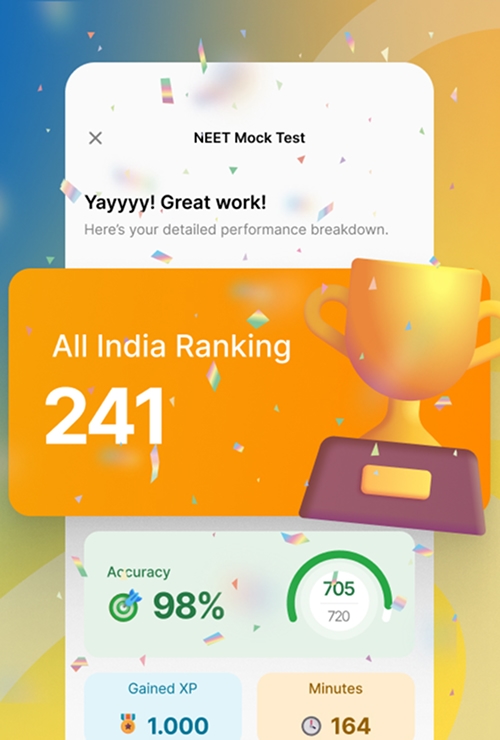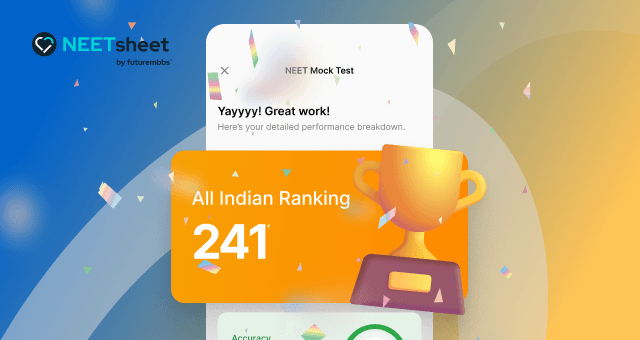
The introduction of digital study tools is bringing about an abrupt change in the field of medical education. The old ways of MBBS students reading through textbooks are changing into more dynamic and engaging ways to learn. In this blog, we'll look at how digital study tools are changing the face of medical education and the revolution that is taking place in MBBS exam preparation.

Become a global doctor with MBBS abroad!
Studying abroad can be affordable and stress-free with futureMBBS:
- World-recognized universities with English-taught programs
- On-site support in partner university cities
- Guaranteed placements & internships for hands-on experience
From selecting universities and supporting you with the application process to orientation and finding accommodation – we are at your side.
1. Interactive Learning Platforms:
For MBBS students, digital resources like virtual dissection modules, interactive anatomy atlases, and online medical libraries have become essential resources. With the help of these resources, students can study complex anatomical structures and physiological processes in a way that is not possible with traditional textbooks.
2. E-Learning Modules and Video Lectures:
Access to excellent educational content has become more widely available with the rise of e-learning modules and video lectures. With the help of online lectures from distinguished instructors, MBBS students can now enhance their classroom education and review difficult subjects at their own pace. In order to accommodate various learning styles, video lectures additionally offer an auditory and visual component.

Study medicine abroad with 100% support!
futureMBBS offers full support to make your dream of studying medicine abroad a reality.
- Hassle-free admission guidance
- Fast-tracked visa processing
- Post-arrival support, including accommodation assistance
3. Mobile Apps for On-the-Go Learning:
For MBBS students, mobile apps have changed the game by offering accessibility and flexibility. Students can use smartphone apps for flashcard quizzes, mock exams, and rapid revision while traveling or in between classes. Medical students' busy schedules are accommodated by this mobile learning method.
4. Digital Flashcards and Quizzes:
Digital flashcards that come with interactive quiz features are replacing the handwritten flashcard era. By allowing students to create, share, and collaborate on flashcards, apps like Anki and Quizlet encourage spaced repetition and active recall. By using these strategies, material that is essential for MBBS exams is better retained over time.
5. Virtual Patient Simulations:
The integration of virtual patient simulations is among the most noteworthy developments. Students can apply theoretical knowledge in a risk-free environment by using these simulations, which simulate real-life clinical scenarios. As students approach their practical exams, this not only builds confidence but also strengthens their diagnostic skills.
6. Collaborative Learning Platforms:
Students studying MBBS can collaborate more easily when they use digital tools. Students can exchange ideas, debate difficult subjects, and collaborate on study materials using online discussion boards, forums, and collaborative document editing tools. In the difficult process of completing medical school, this cooperative approach promotes a feeling of community.
7. AI-Powered Adaptive Learning Systems:
Personalized learning is experiencing a surge in the application of Artificial Intelligence (AI). Individual learning patterns are analysed by adaptive learning systems, which then modify study schedules appropriately. These programs help students study more effectively by identifying their weak points, suggesting specific resources, and adjusting to their own pace.
Conclusion:
With a wide range of resources that accommodate different learning styles, students are being empowered by the digital revival in MBBS exam preparation. The digital environment is improving the standard and accessibility of medical education with everything from interactive visualizations to mobile learning apps. With the rapid advancement of technology, digital study tools will play an even more important role in preparing the next generation of healthcare professionals and resulting in a new era of dynamic, engaging, and comprehensive learning. By utilizing these resources, MBBS students are preparing for a future in which the nexus of technology and medicine will become the new standard rather than just for exams.
Your medical career abroad starts here!
Thinking of pursuing MBBS abroad? Don’t just dream it, do it!
Start your MBBS journey!






